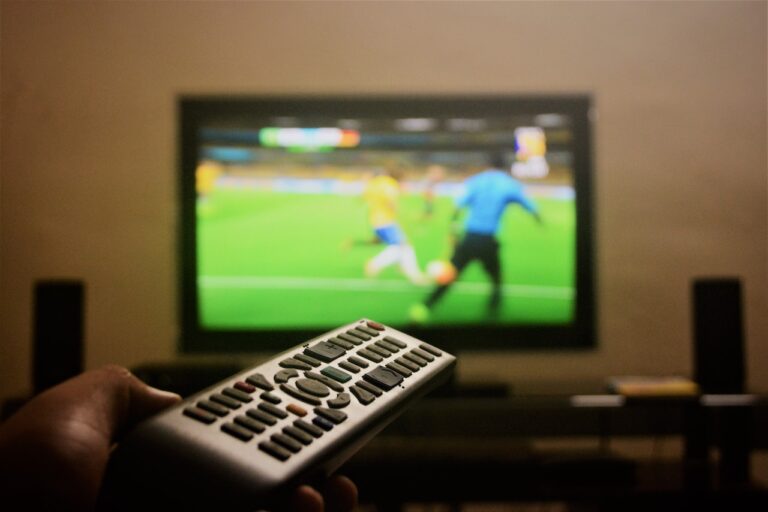Lipstick Nipple Latch Solutions And Prevention
Never thought you’d be typing ‘lipstick’ and ‘nipple’ in the same search box, huh? Welcome to motherhood! You’ll be seeing a lot of creative names for terms only mothers understand.
Case in point: lipstick nipples. Breastfeeding isn’t as easy as the way media portrays it. It takes loads of trial and error for you and your baby to get used to it.
Lipstick nipple, or slanted nipple, can happen to any breastfeeding woman. Usually, a lipstick nipple has something (or everything) to do with your baby’s latch. Read on how this phenomenon can affect your milk supply and nursing.
Skip To The Following Sections
What is a Lipstick Nipple?
The name ‘lipstick nipple’ is a colloquial term for when your nipple appears flattened or slanted. The nipple is shaped like a new tube of lipstick when pulled out of your baby’s mouth.
Lipstick nipples can be a temporary occurrence. Some mothers notice a lipstick nipple after breastfeeding their kids. This kind of misshaping is not painful and is not a cause for alarm. You might observe this when your baby falls asleep and slides off your nipple, causing a bit of pressure on the tip of your nipple.
However, a lipstick nipple partnered with pain and discomfort is a problem. It’s usually a sign that your baby has a bad latch on your breast.
What Does Latch Have to Do with a Slanted Nipple?
Everything! A good latch is a sign that your baby is comfortable and is well-fed. A good latch has to be pain-free, and your baby’s mouth should be around your breast and not just your nipple.
So what happens if your baby’s latch is shallow? Well, we already established that it’s going to be painful. But you might also get cracked nipples, nipple discoloration, blisters, and thrush.
Your kid is also affected by a bad latch. They will receive insufficient milk and can have growth problems.
How Do You Fix a Lipstick Nipple Latch?
A slanted latch is preventable, though. So you can correct this once you start noticing it. If you’re having a painful nursing session, you can try these steps below:
Provide Support for Your Baby
Your baby might be having a hard time latching because of the lack of stable support. Focus on your baby’s neck, shoulders, and hips while breastfeeding.
You should also hold and compress your breast in a U-shape for a better aim. Just make sure your hands don’t cover your nipples or your child’s face.
Unlatch and Latch Again
Unlatching and latching allow your baby another chance to find a better position. Make sure the unlatching is gentle so not to disturb your infant.
Find the Right Angle
Your baby’s chin must be pressed towards the breast and head tilted back. Your nipple must also be aimed towards their nose and not directly to their mouths. Your child should be able to find your nipple on their own.
Make sure your baby’s mouth is wide open while nursing. Your baby’s mouth should be able to cover both your nipple and areola. Try to get your nipple to pass your baby’s gums and inside their mouth.
Experiment with Different Breastfeeding Positions
Skin-to-skin positions allow your baby to have a better latch on your breast. Getting as much contact as you can with your baby makes it easier for them to nurse. Laid-back breastfeeding is a classic choice, but you can also try a cradle hold, rugby ball hold, or a side-lying hold.
Make sure you bring your baby close to you. Avoid hunching over (especially for long periods) since it might hurt your back and posture.
Ever Thought of a Nursing Pillow?
Your arms might be tired from holding on to your baby. Why not try using a nursing pillow? It can help your baby continue feeding while giving your arms time to relax.
Maybe Something is Restricting Your Child
There might be limitations that make it hard for your baby to latch. Ankyloglossia, or tongue-tie, is when that bottom strip that connects the mouth and tongue is shorter than average.
Tongue-tie makes it harder for some babies to latch. However, mothers and babies can overcome tongue-ties. If the tongue-tie is something bothersome, you can consider a tongue-tie division.
Nurse Somewhere Quiet and Relaxing
Finally, you might want to be somewhere quiet and relaxing while breastfeeding. A peaceful place can put less pressure on both you and your kid. Plus, there will be fewer distractions for both of you to worry about.
When Do I Need to See a Doctor?
You might want to have a doctor’s visit if none of the methods above are working. Alternatively, if there is a physical limitation with you or your infant, then you might want to phone a consultation.
There are plenty of alternatives if breastfeeding doesn’t work for you. Your doctor might suggest formula feeding, pumping, or nursing with another mom’s breastmilk.
Breastfeeding might be the number one choice for many moms, but it’s not the only choice. Work with your doctor and look for the optimal nursing style for you and your baby.
Conclusion
A lipstick nipple is a funny name. But this phenomenon is more common than a lot of moms think. A lipstick or slanted nipple can happen to anybody. Sometimes it can be a painless experience that goes away, while others associate it with discomfort and ache.
Lipstick nipple can be a sign of a poor latch from your baby. A shallow latch can cause the nipple to have a deformed shape. Your baby won’t also have enough milk to drink, hindering their growth.
There are many steps to improve a lipstick nipple latch. You can provide your baby with better support. You can also try out different feeding positions and angles to make things easier for them. If nothing works, you can try contacting your doctor or a lactation consultant.
Breastfeeding has a lot of ups and downs. But with a little bit of trial and error, you can find what works and what doesn’t. That, and maybe sprinkle in a little bit more research.










